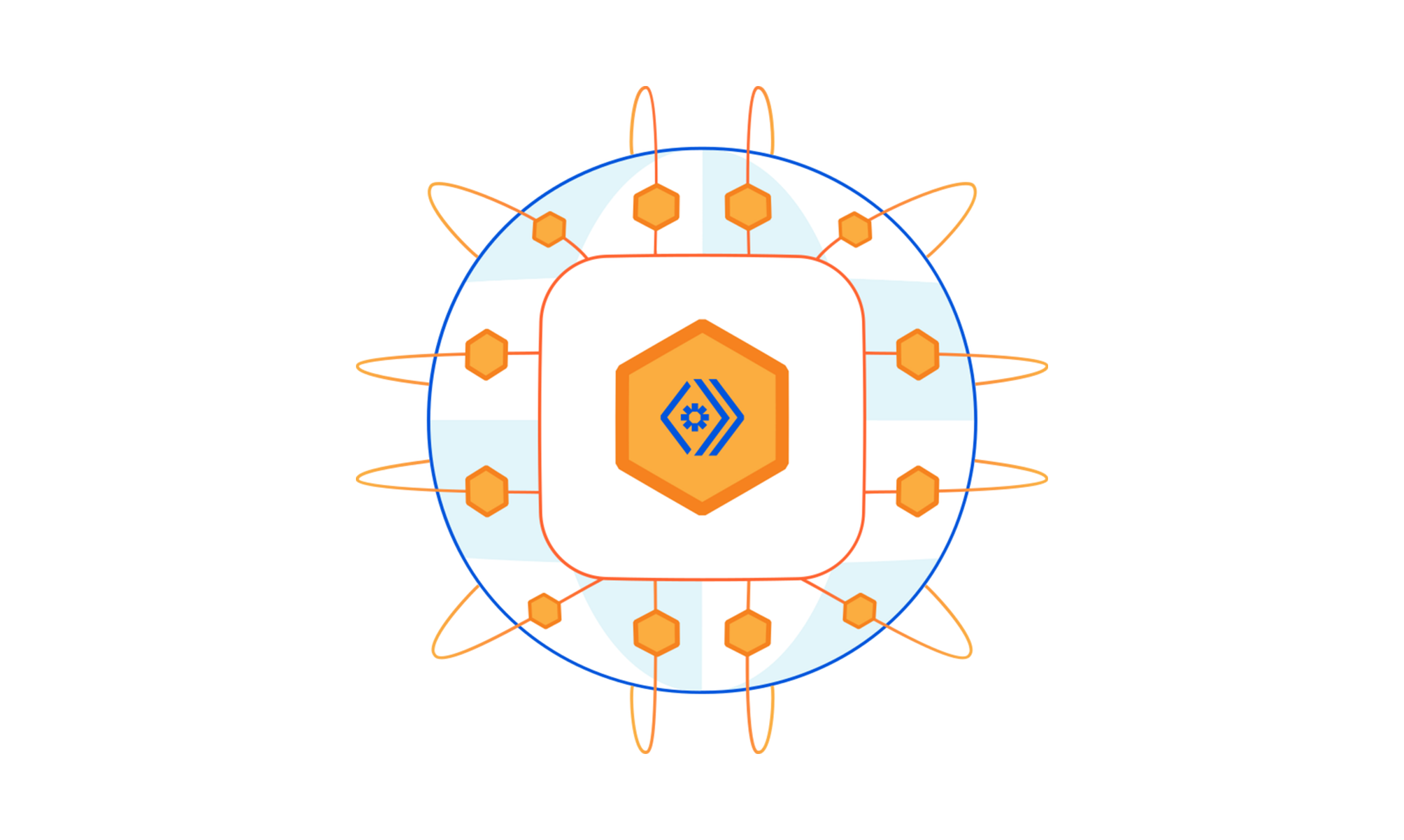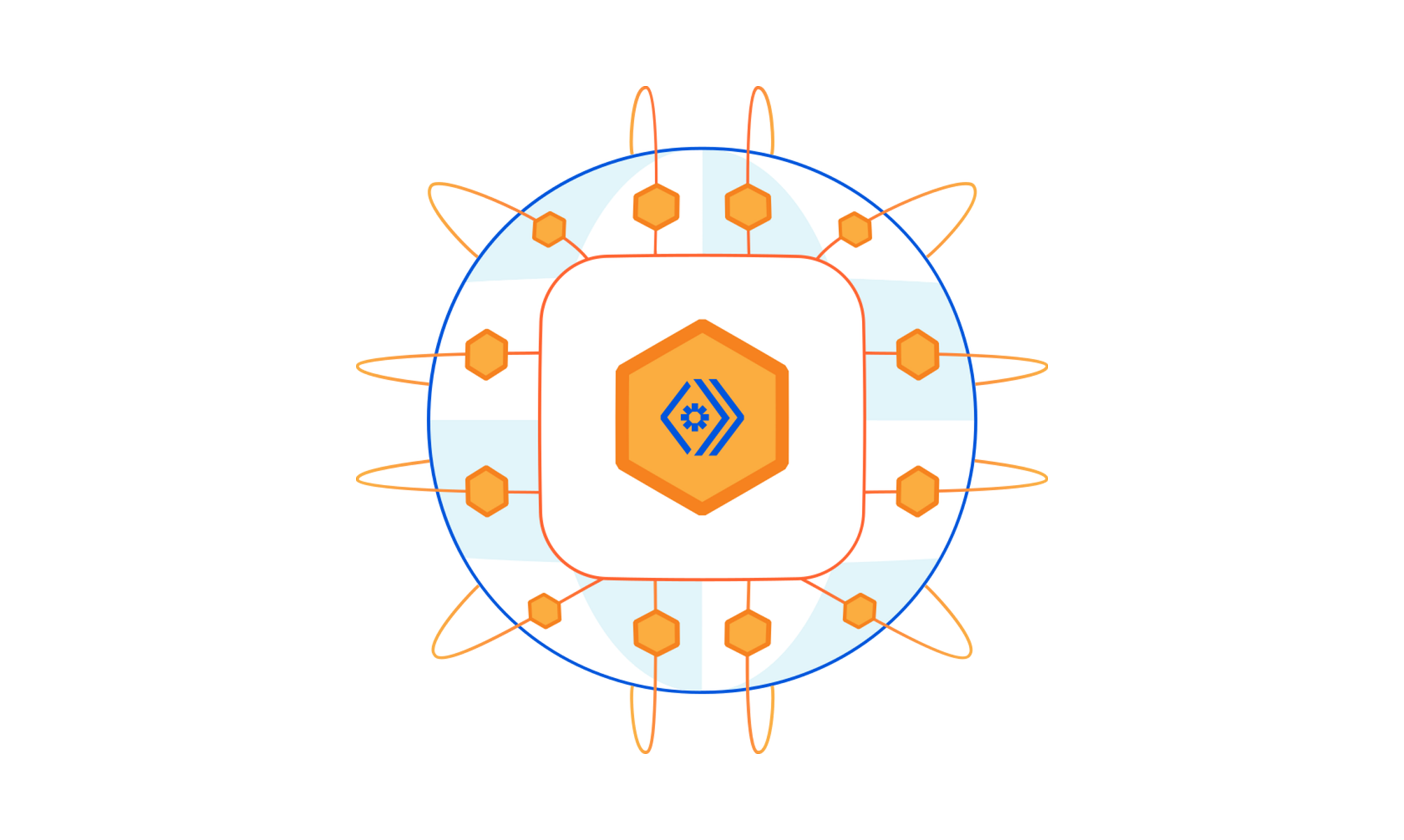0
Cisco streamlines, upgrades its SASE bundle
Cisco made enhancements to its security offerings that will expand and change the way customers buy its Secure Access Service Edge products as well as bolster network-access authentication.Cisco's SASE plan will focus on enhancing networking and security functions while building them into an integrated service that can help simplify access to enterprise cloud resources securely, said Gee Rittenhouse senior vice president and general manager of Cisco’s Security Business Group during this week's Cisco Live! event.MORE CISCO LIVE! NEWS: Cisco takes its first steps toward network-as-a-service; Cisco brings net intelligence to Catalyst switches, app-performance managementTo read this article in full, please click here



